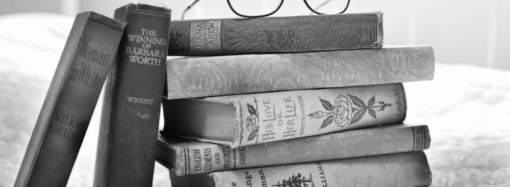While he was never a teacher, G. K. Chesterton did help instruct his readers about how to think about many things. Far from the least of those things was science. And while he was never a scientist, Chesterton certainly knew something about thinking about science. To be succinct, Chesterton regarded science as either a “tool or a toy.” To be even more succinctly Chestertonian, science was only a tool or a toy.
Like its products, whether they be “telephones or flying machines,” science could be a “wonderful thing.” But in any “ultimate sense” science was not necessarily a good thing—or a bad thing.
The same might be said of tools and toys, but especially of tools. Well then, did Chesterton prefer his science to be packaged as a tool or a toy? As you might expect, science at its “highest and noblest” was, in Chesterton’s mind, a . . . toy. After all, a toy, any toy, was “something of far greater philosophical grandeur than a mere tool.” Why? Because a toy has value in and of itself, while a tool only has value in terms of the use to which it might be put. In sum, a toy is an end in itself, while a tool is only a means to an end.
Chesterton then asks his readers to consider a hammer (a tool) and a doll house (a toy). Science has something to do with both of them. But science can never be the workman building the doll house. Nor can it be the child playing with the doll house.
What Chesterton is driving at here is that science can never have “natural authority” over the tool or the toy. Only man has that authority.
Here Chesterton’s greater concern was the potential abuse of science as a tool. The danger—nay, the “potential evil”—was that man will “abdicate” his authority. Would the scientist or the politician or the ordinary citizen simply stand aside and let the tool called science dictate what should be done? Will all of us stand aside and declare that what can be done scientifically should be done politically?
Chesterton did not deny that there had been many wonderful scientific achievements. Specifically, he mentioned the telephone and the “motor car,” both of which could be “very useful things.” But to Chesterton it was much more important that we talked sense to one another than whether we talked through a telephone or a hole in the wall.
And the motor car? Chesterton asked his readers to think of a young couple anxious to get married. They may well be thrilled to be able to rush to their wedding in a machine. But they wouldn’t think of asking the motor car to tell them whom to marry or when to marry—or where to marry.
That motor car could well serve as both a tool and a toy. As such, it certainly was not a terrible thing. But lest we forget, Chesterton Is still on hand to remind us that the person driving the motor car might well be a terrible person.
The same might be said of the railway and the railway conductor. Chesterton saw nothing wrong with steel rods and iron wheels, “so long as the steel does not blind the eyes (and) the iron does not enter the soul.” By the same token, traveling on rails was perfectly fine, “so long as the mind does not travel in ruts.” Then he added this caveat: “especially if those ruts are the result of having been lulled to sleep by the promises of science.”
Something called science surely does make promises. Thankfully, Chesterton reminds us that it is up to us to decide if those promises are worth keeping. Whether the issue is human cloning or dealing with global warming, we should assume a humble attitude toward science by keeping in mind that it is only a tool or a toy.
Of course, it’s always a good idea to humble ourselves as well. But that doesn’t mean humbling ourselves before the altar of science—or before the altar of something called “settled science.” Science can never be settled until man decides what to do—or not to do—with this tool.
—
Image Credit: YouTube | Seeker
















Leave a Comment
Your email address will not be published. Required fields are marked with *